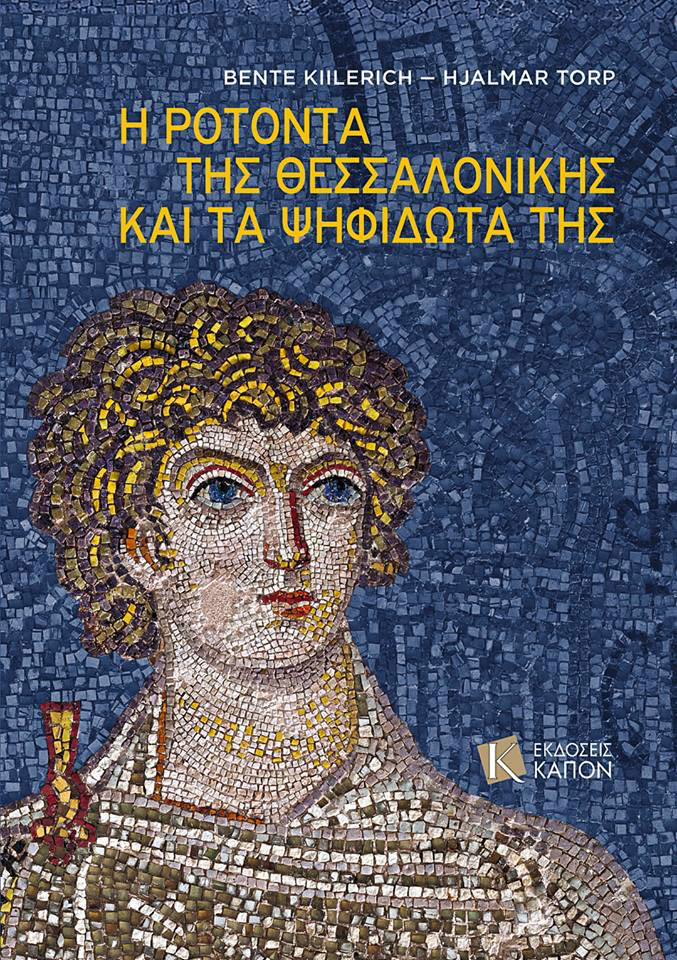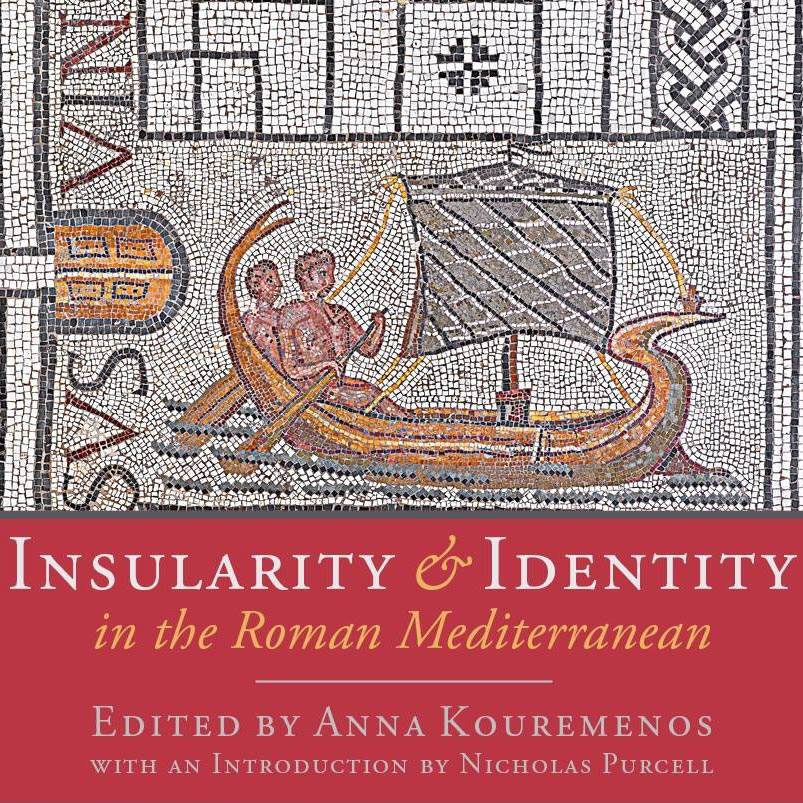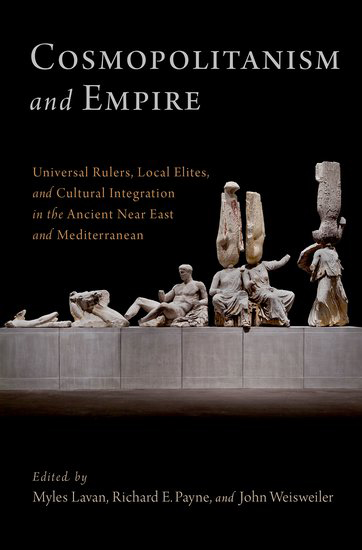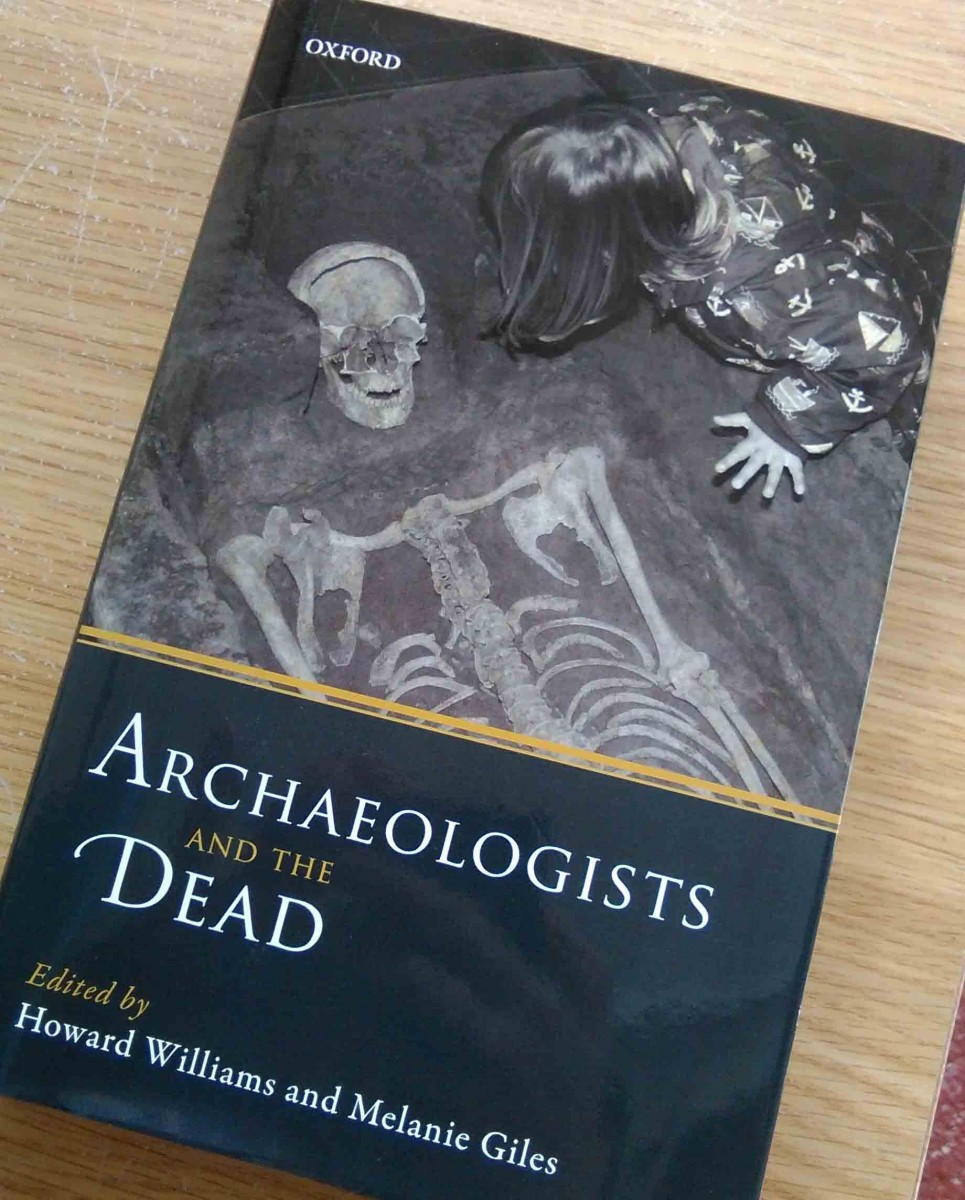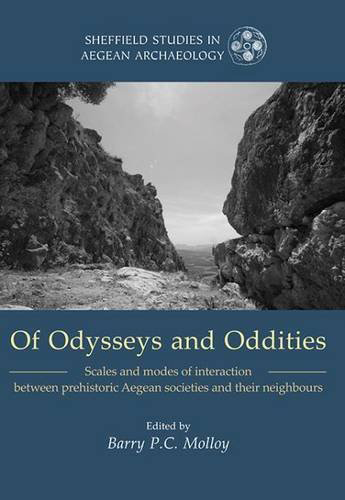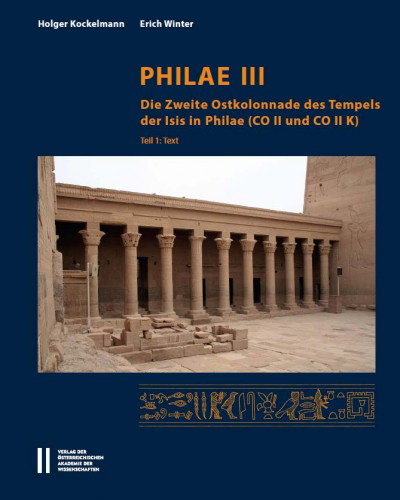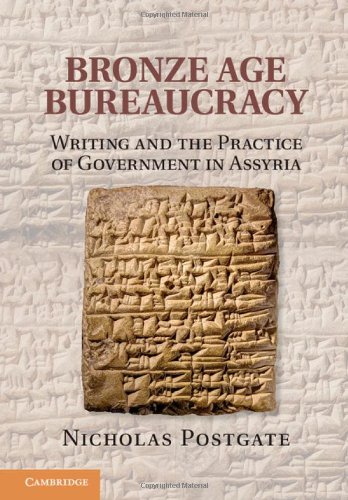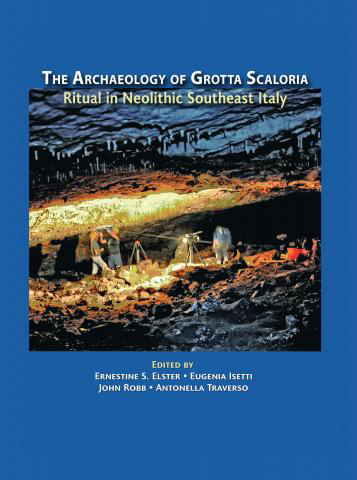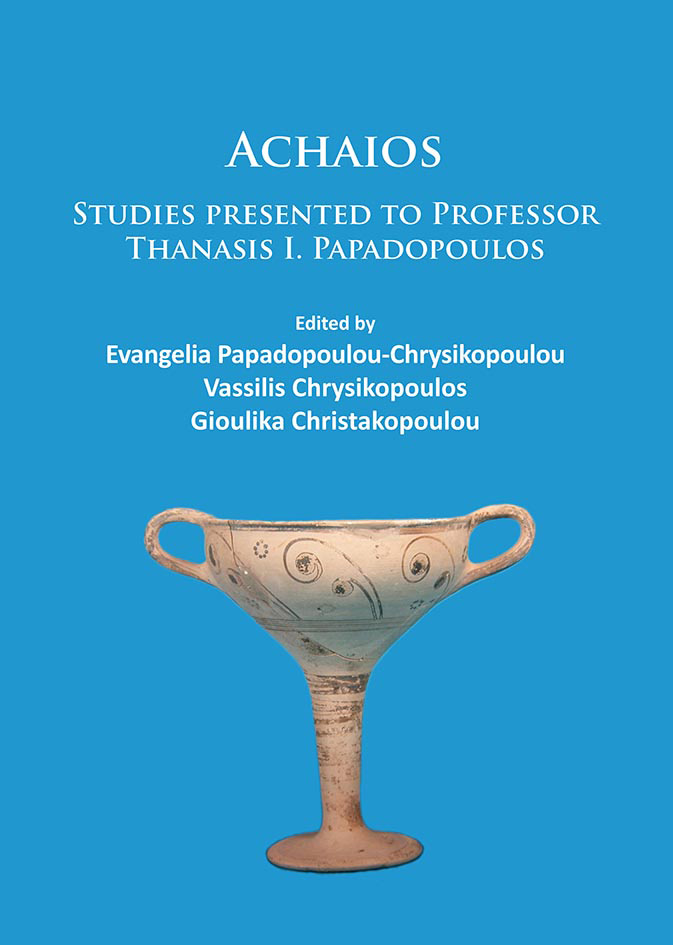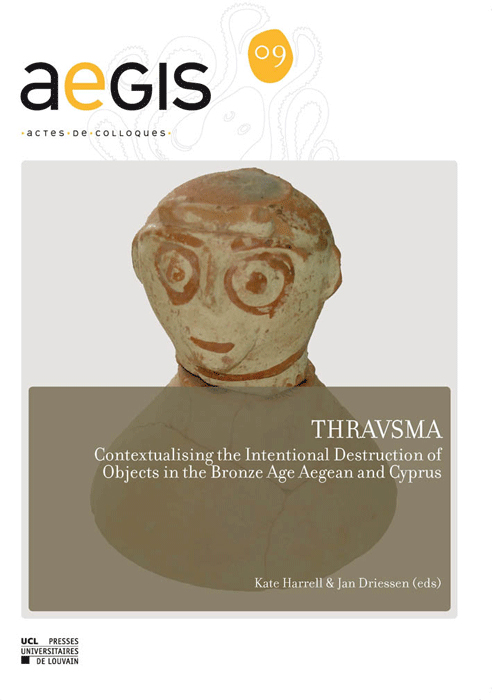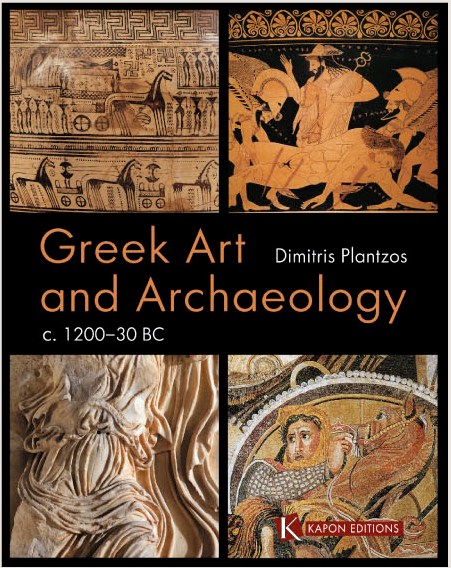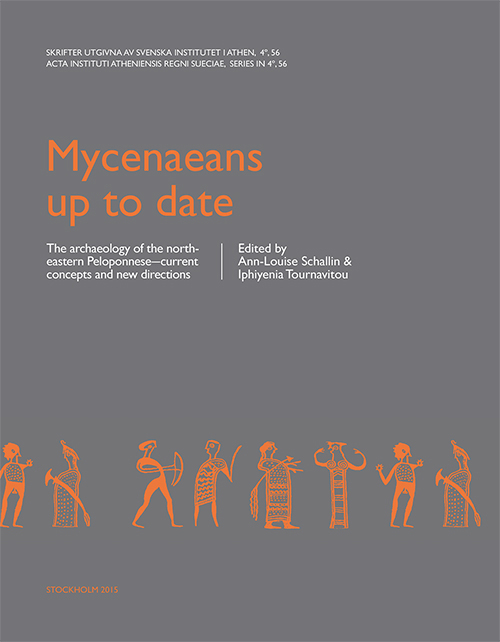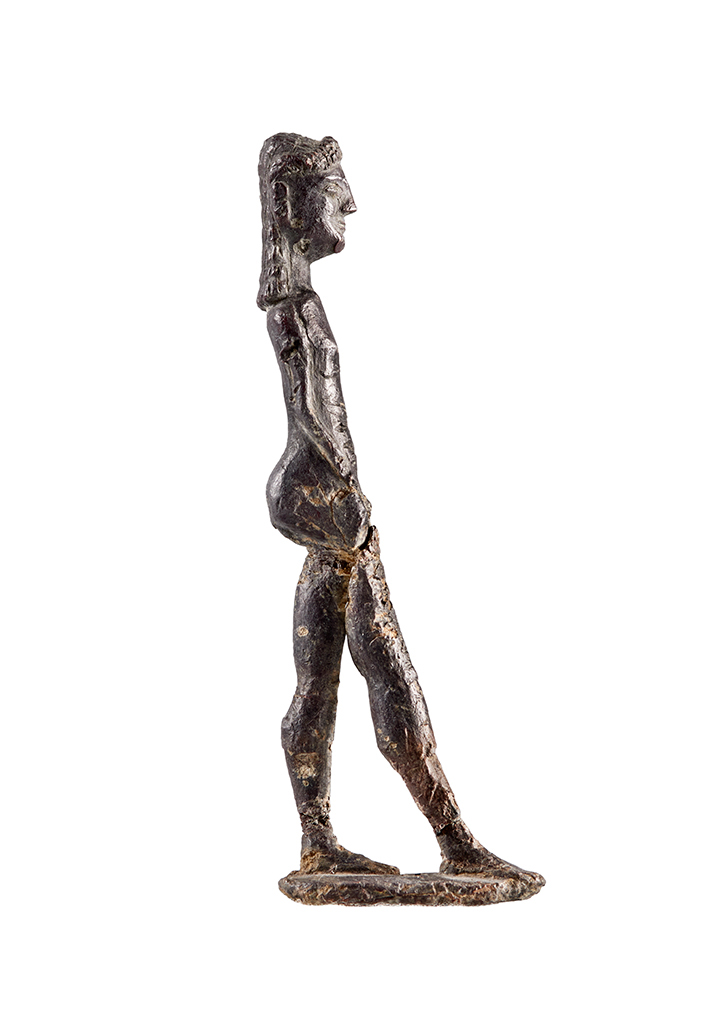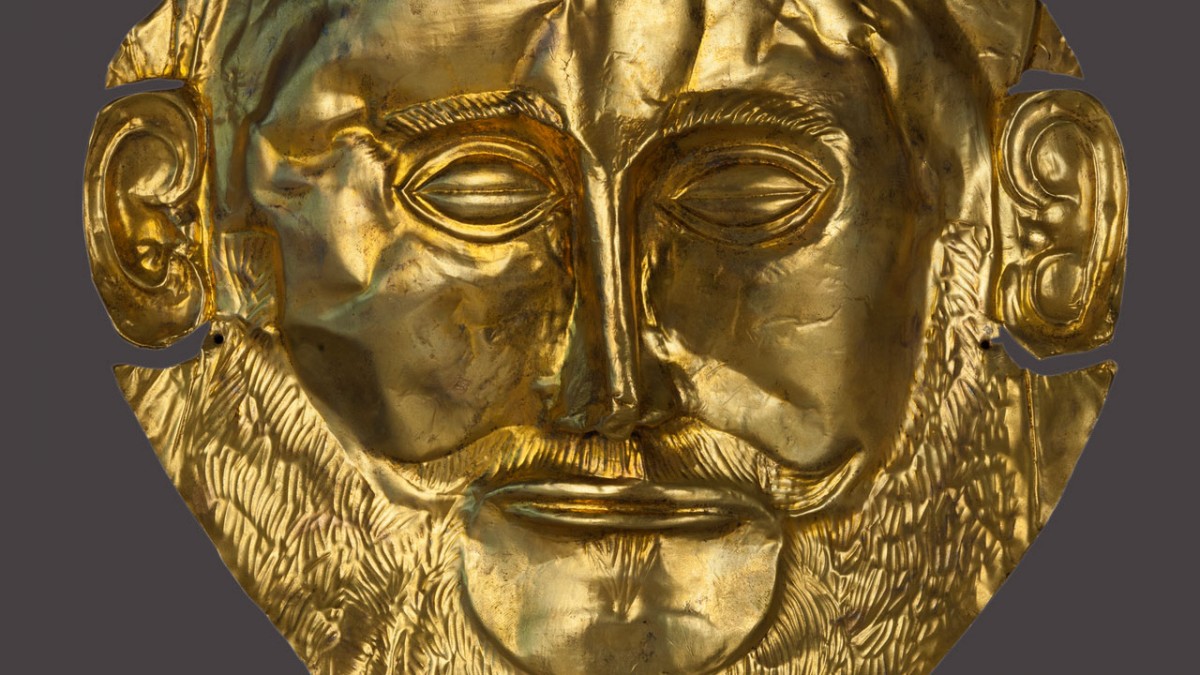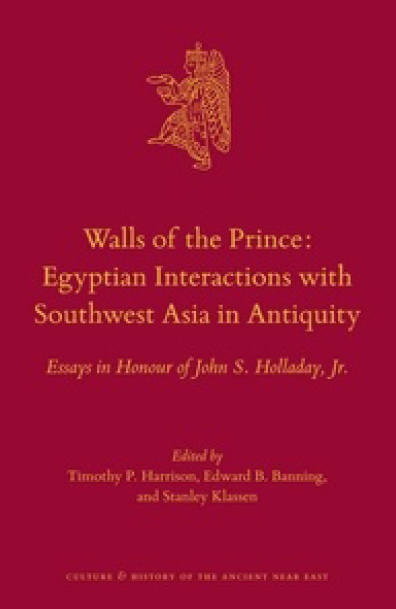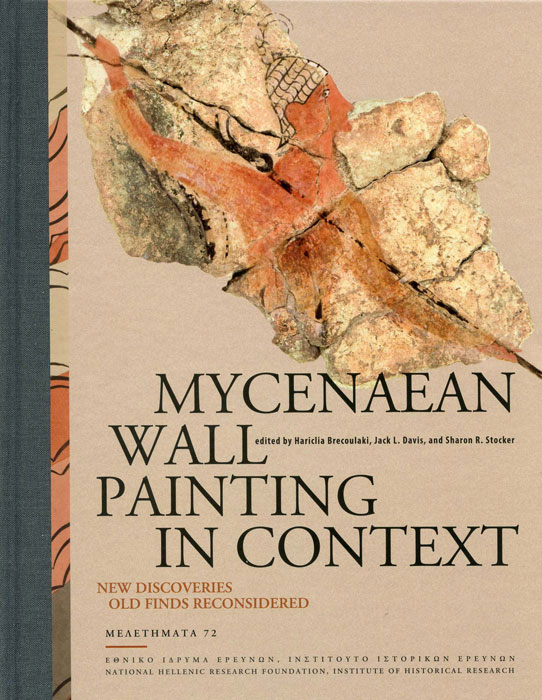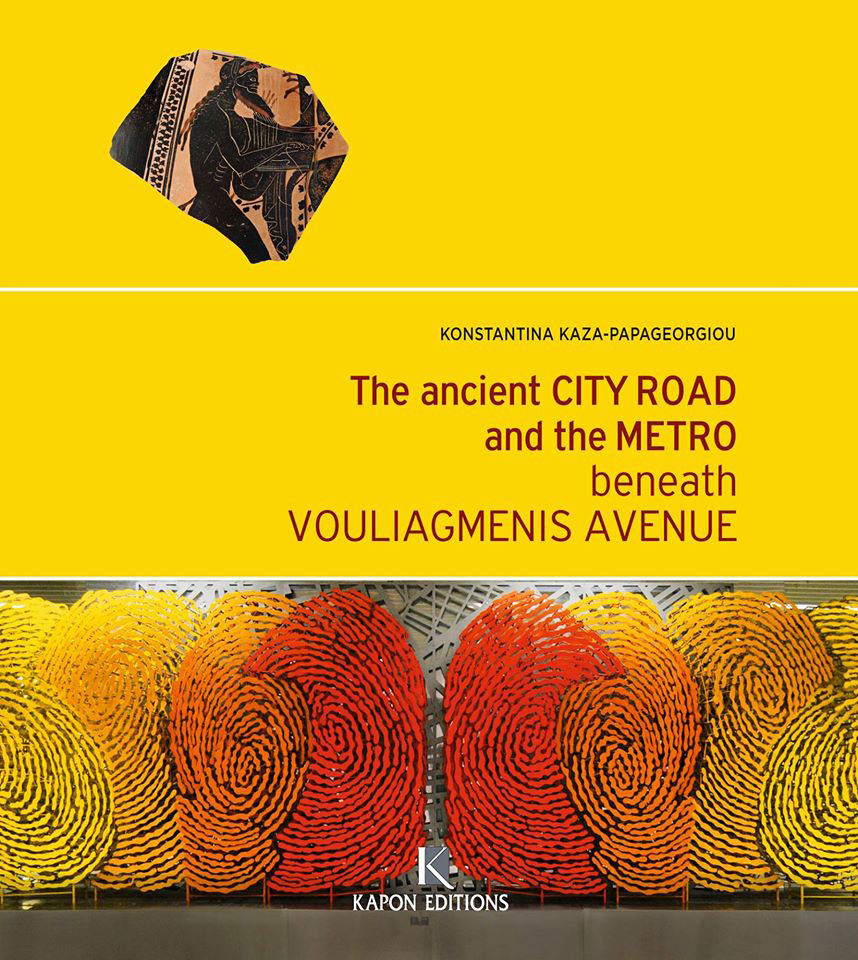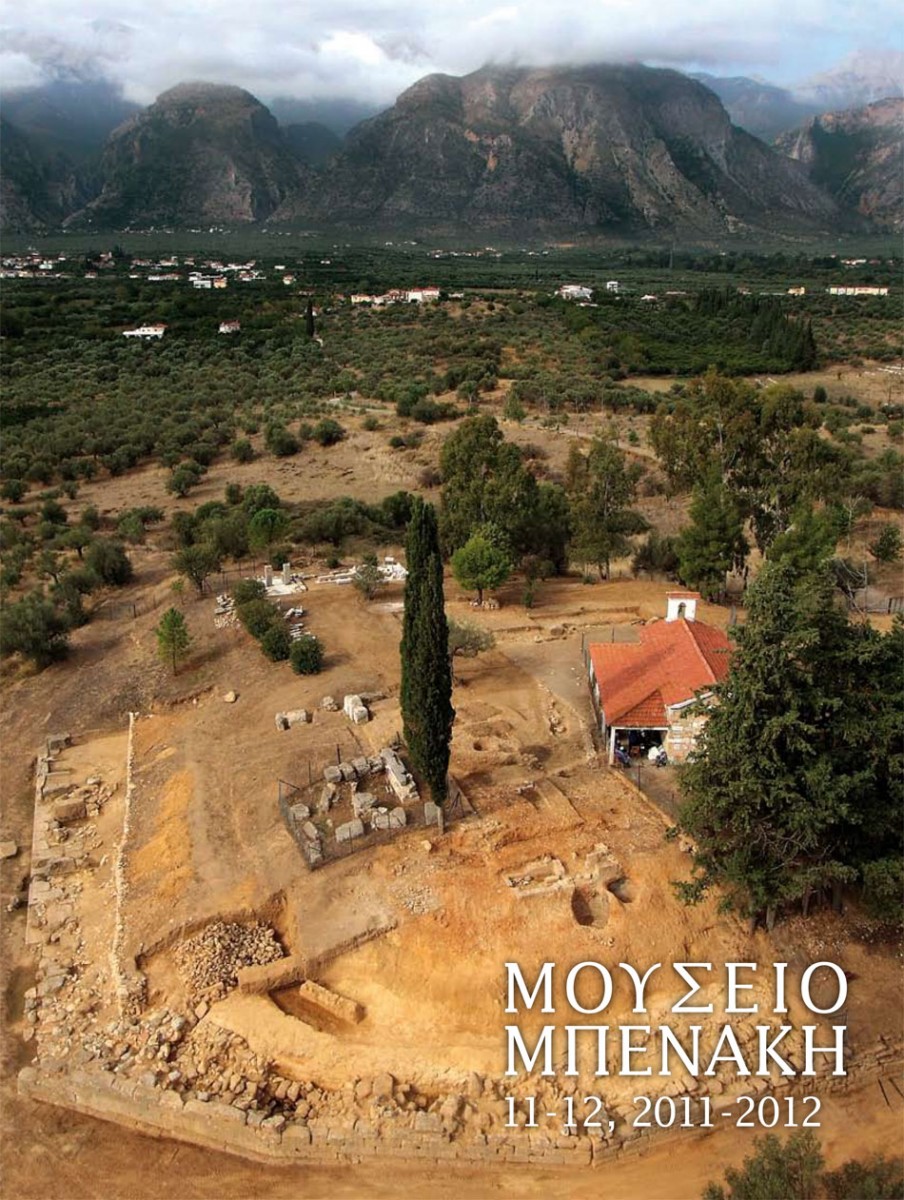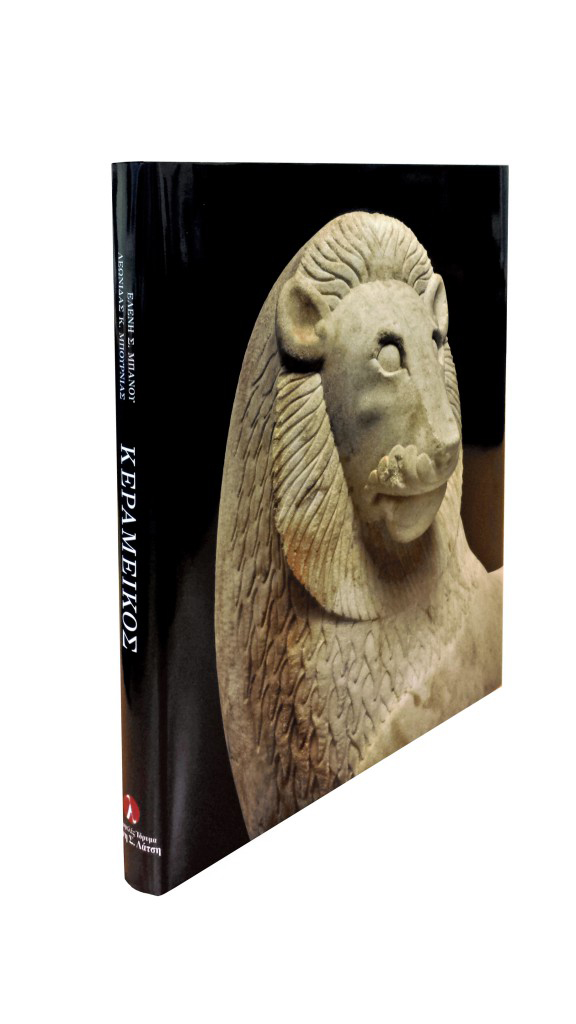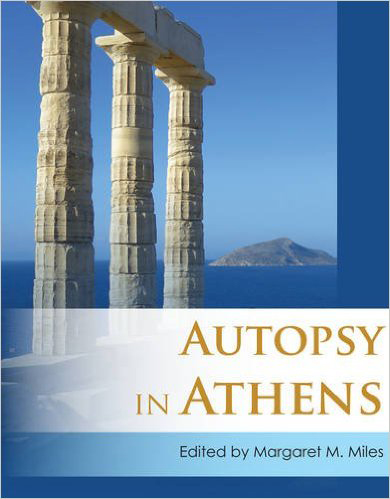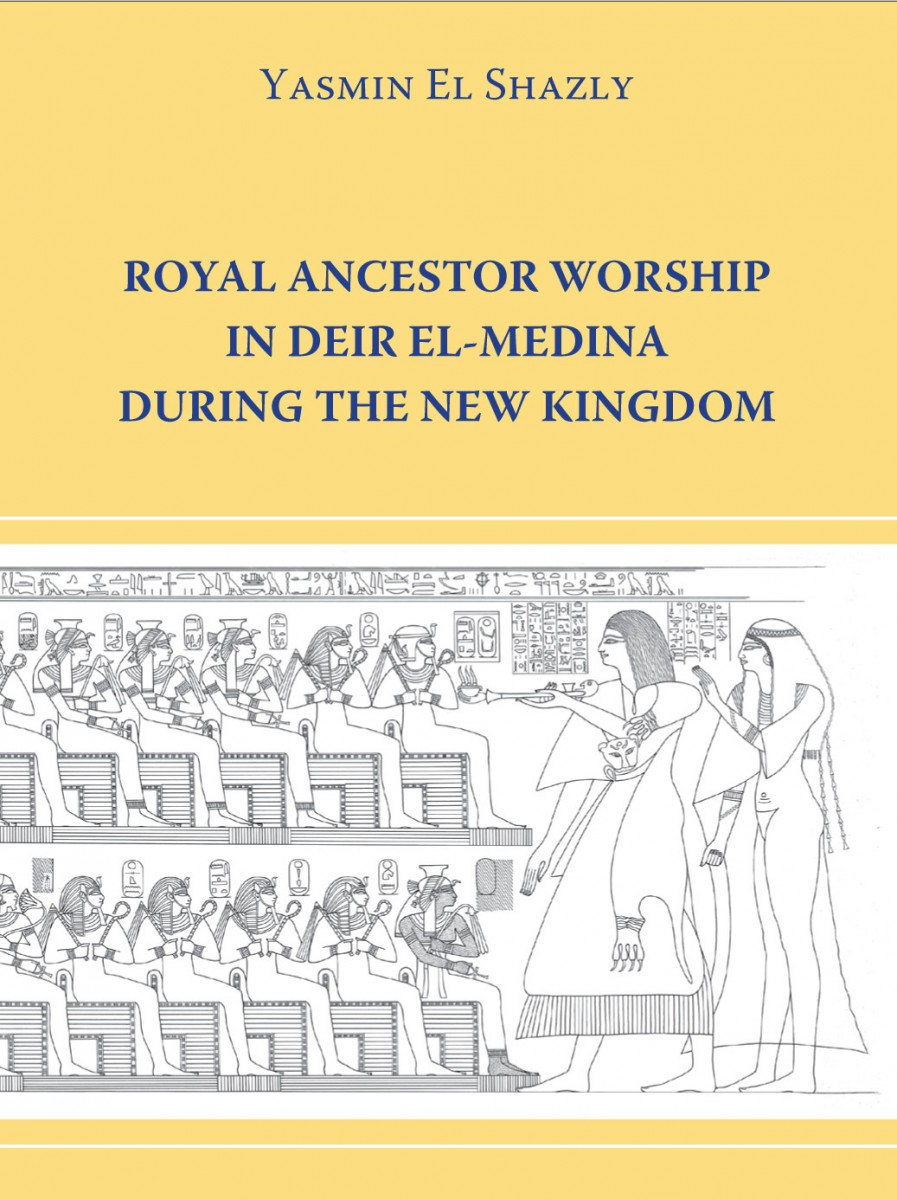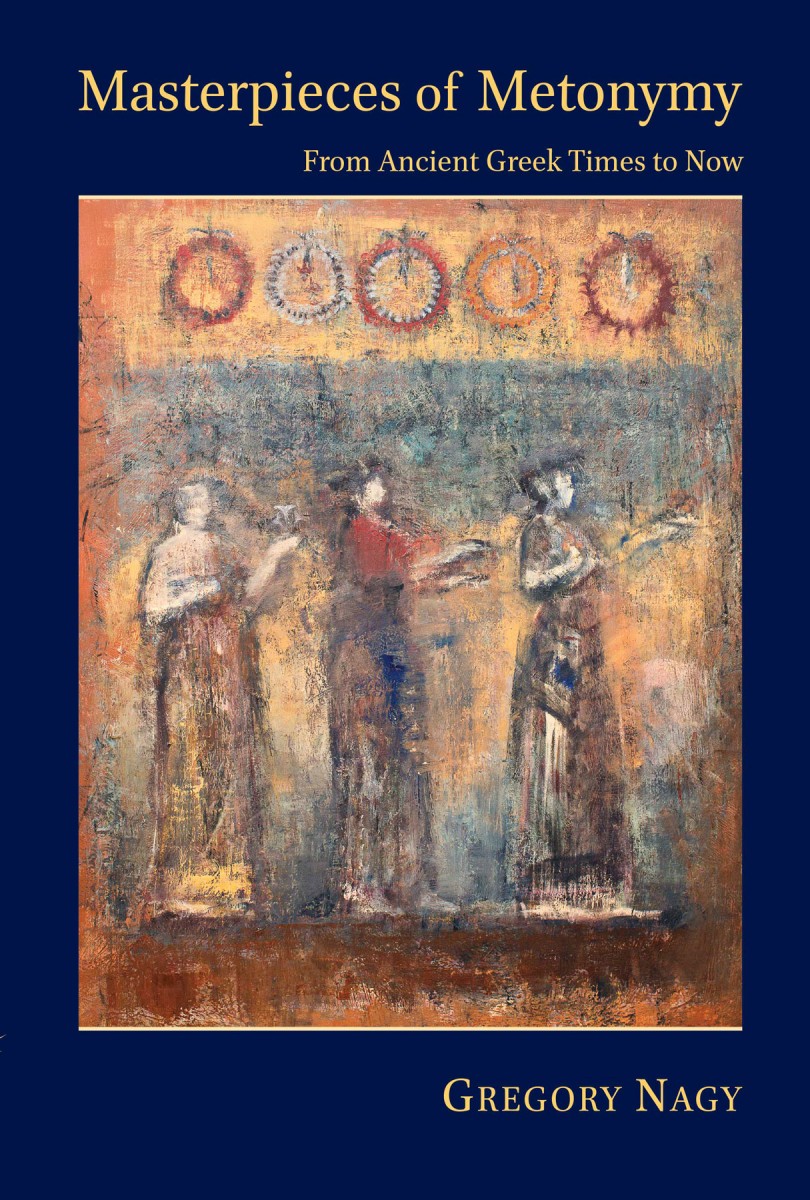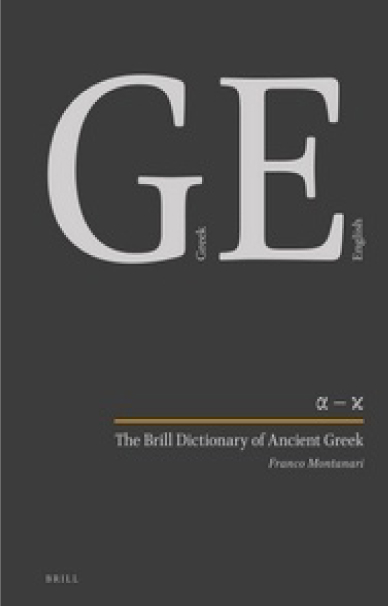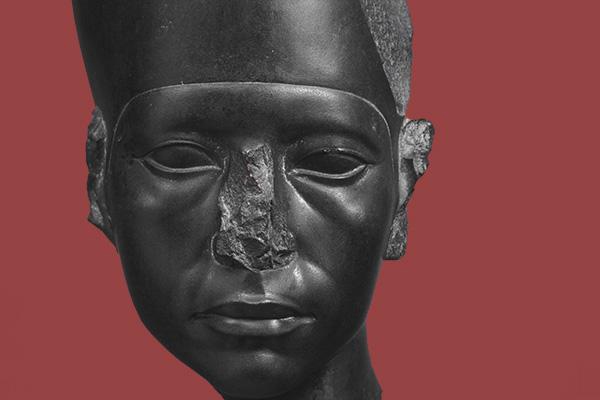The Rotunda in Thessaloniki and its Mosaics
This richly illustrated book invites the reader to enter the building and experience the splendid golden and silver mosaics that cover cupola and vaults.
Insularity and Identity in the Roman Mediterranean
The twelve papers presented here each deal with specific islands or island groups, thus allowing for an integrated view of Mediterranean insularity and identity.
Cosmopolitanism and Empire
The book traces the development of cultural techniques through which empires managed difference in order to establish effective, enduring regimes of domination.
Archaeologists and the Dead
This volume addresses the relationship between archaeologists and the dead, through the many dimensions of their relationships.
Of Odysseys and Oddities
Of Odysseys and Oddities is about scales and modes of interaction in prehistory, specifically between societies on both sides of the Aegean and with their nearest neighbours overland to the north and east.
PHILAE III
The Philae Temple Text Project of the Austrian Academy of Sciences, Vienna, has published the third volume of hieroglyphic inscriptions and scenes.
Bronze Age Bureaucracy: Writing and the Practice of Government in Assyria
This book concentrates particularly on how the Assyrian use of written documentation affected the nature and ethos of government.
The Archaeology of Grotta Scaloria. Ritual in Neolithic Southeast Italy
Finally, this important site is published, in one comprehensive volume that gathers together the archaeological data from the Upper and Lower Chambers of Scaloria Cave.
Achaios: Studies presented to Professor Thanasis I. Papadopoulos
In Achaios, thirty-five scholars from six different countries have contributed with thirty-one papers, as a small token of appreciation, gratitude and affection to a true scholar.
Thravsma. Contextualising the Intentional Destruction of Objects in the Bronze Age Aegean and Cyprus
This volume is an initial step in addressing a gap in the scholarship by aiming to deconstruct and contextualize the practice of intentional fragmentation.
Greek Art and Archaeology, c. 1200-30 BC
The book surveys Greek archaeology from the collapse of the Mycenaean palaces in ca. 1200 BC to the subordination of the last Hellenistic kingdoms to Rome in c. 30 BC.
Mycenaeans up to date
This volume contains the proceedings of the conference "Mycenaeans up to date: The archaeology of the north-eastern Peloponnese—current concepts and new directions".
Sounion Revisited: The Sanctuaries of Poseidon and Athena at Sounion in Attica
This book is part of a wider research project, still in progress, about the sanctuaries of Poseidon and Athena on the promontory of Sounion (southeast Attica).
Presenting Mycenae beyond the obvious
The John S. Latsis Public Benefit Foundation presented the volume “Mycenae” which is the 17th consecutive addition to publishing programme "The Museums’ Cycle”
Walls of the Prince: Egyptian Interactions with Southwest Asia in Antiquity
Walls of the Prince offers a series of articles that explore Egyptian interactions with Southwest Asia during the second and first millennium BCE.
Mycenaean Wall Painting in Context. New Discoveries, Old Finds Reconsidered
The present book offers an up to date insight into new discoveries of Mycenaean wall painting and new iconographic interpretations of old material, excavated long ago but never properly published.
The ancient City Road and the Metro beneath Vouliagmenis Avenue
This book presents the results of the excavations conducted by the Archaeological Service of the Ministry of Culture along Vouliagmenis Avenue and in the underground Line 2 of the METRO whose seven stations serve the southern areas of Athens.
Mouseio Benaki 11-12, 2011-2012
The latest issue of the Benaki Museum journal (11-12, 2011-2012) has just been published.
Kerameikos
Volume dedicated to the archaeological site and the museum of Kerameikos. The edition is part of the Museums Cycle series of the John S. Latsis Public Benefit Foundation.
Autopsy in Athens: Recent Archaeological Research on Athens and Attica
Presents new observations on a range of aspects of the ancient city of Athens and life, politics and religion in Attica.
Royal Ancestor Worship in Deir el-Medina during the New Kingdom
A new Egyptology publication: Dr Yasmin El Shazly's brilliant exposition on Royal Ancestor Worship in Deir el-Medina during the New Kingdom.
Masterpieces of Metonymy: From Ancient Greek Times to Now
In Masterpieces of Metonymy, Gregory Nagy analyzes metonymy as a mental process that complements metaphor.
The Brill Dictionary of Ancient Greek
The "Brill Dictionary of Ancient Greek" is the English translation of Franco Montanari’s "Vocabolario della Lingua Greca".
How It All Began. The Story of Carl Jacobsen’s Egyptian Collection 1884-1925
Mogens Jørgensen has clearly mapped out, how, in a race with other major collectors, and in dialogue with the Egyptian authorities, the Glyptotek managed to build up an Egyptian collection.
